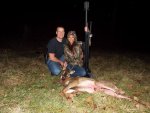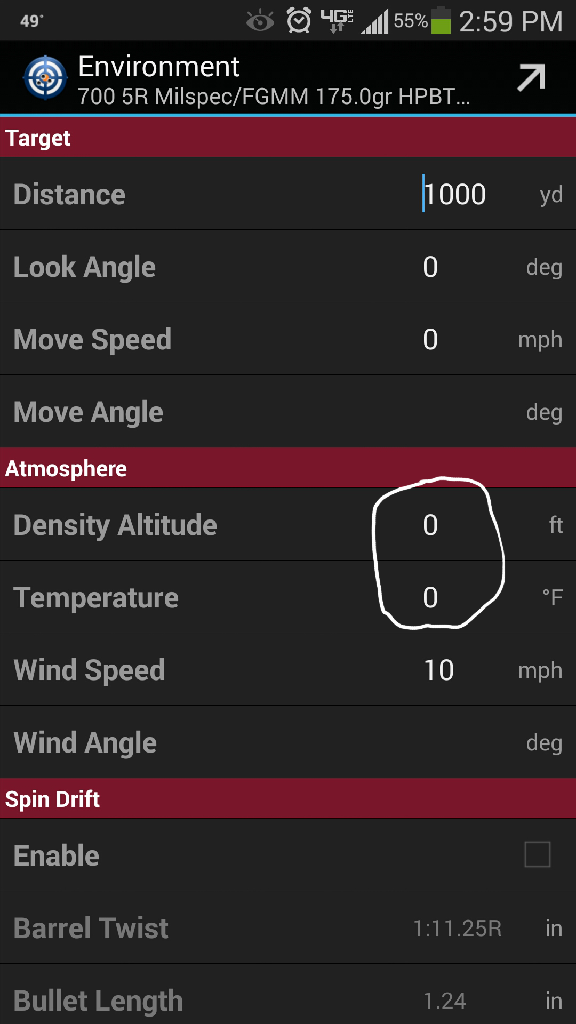4500
http://www.nkhome.com/pdfs/kestrel-instructions/K4500_Instructions_7.28.10_WEB.pdf
page 15-16
Barometric pressure is station pressure corrected to sea level. In order to make the correction, the Kestrel
Meter needs an accurate reference altitude. Altitude is the height above sea level. In order to correctly
calculate altitude, the unit needs an accurate barometric pressure reference, also known as an “altimeter
setting”. Fortunately, you only need to know ONE of these values (current barometric pressure or current
altitude) in order to set your Kestrel Meter up to show accurate readings.
so to make sure my DA is right, do i need to set the reference setting mode alt. to my GPS alt?
http://www.nkhome.com/pdfs/kestrel-instructions/K4500_Instructions_7.28.10_WEB.pdf
page 15-16
Barometric pressure is station pressure corrected to sea level. In order to make the correction, the Kestrel
Meter needs an accurate reference altitude. Altitude is the height above sea level. In order to correctly
calculate altitude, the unit needs an accurate barometric pressure reference, also known as an “altimeter
setting”. Fortunately, you only need to know ONE of these values (current barometric pressure or current
altitude) in order to set your Kestrel Meter up to show accurate readings.
so to make sure my DA is right, do i need to set the reference setting mode alt. to my GPS alt?



